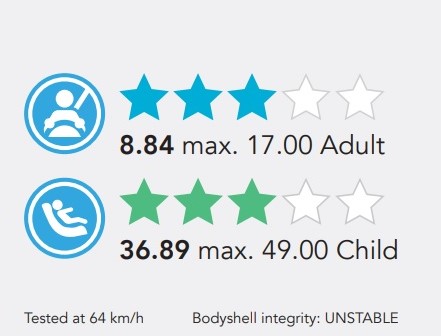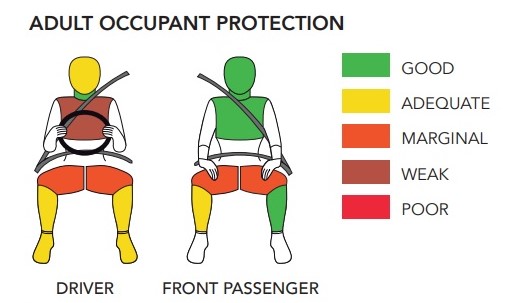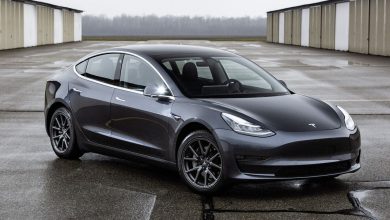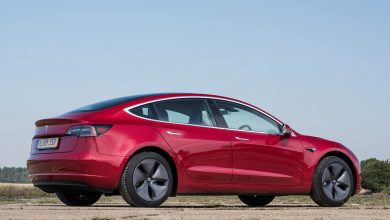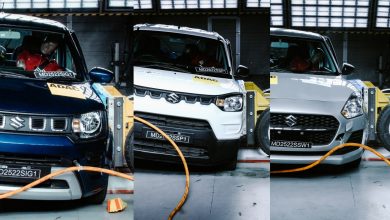Hyundai i20 and Creta score 3 star Global NCAP rating
The popular premium hatch and the super popular SUV managed 3 stars in adult and child safety parameters.
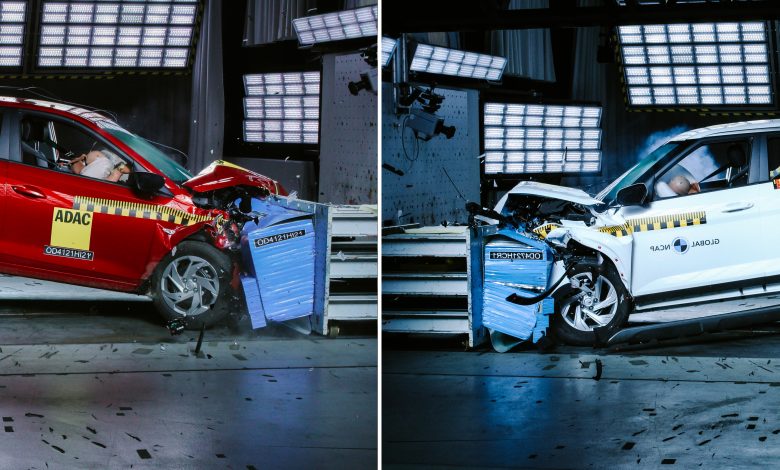
Hyundai’s premium hatch, the i20 was put to the test by Global NCAP and it has come back with a 3-star rating in both adult and child protection. The adult safety parameters gave a reading of 8.84 out of a possible 17.00 points, while the child safety parameters gave a reading of 36.89 out of a possible 49.00 points. It is a trend from Hyundai to have their crash tests after almost 2 years of launching the cars making sure they sell enough and the safety rating outlook does not affect their sales much since the vehicle is due for some model updates in 2 or so years. Does that seem like a fine business practice?
What must be noted is that the bodyshell integrity and the footwell have been rated as unstable, and the front occupants could have knee injuries and the driver could also have chest injuries in the case of a crash. However, head and neck protection was rated well by GNCAP. The dual airbags as standard also help boost the i20’s cause that little bit more.
As for the rear passengers, a child dummy which was tested saw good protection to the chest but poor protection to the head and hence the loss of points. Furthermore, the middle passenger at the rear gets a lap belt, which was sufficient but not enough to reduce risk of injuries.
These scores may look alright, but when compared against its nearest rivals, it just shows that Hyundai is still lagging way behind on the safety front. The i20 is a direct competitor to the Altroz, which is one of India’s safest vehicles having a 5-star rating in adult occupant protection. The Creta was also tested, and had a similar score which also makes it much less safer than the likes of Mahindra XUV300, Tata nexon and even the Maruti Vitara Brezza. It has to be noted that all these cars are a segment below the Creta and are offered at a much cheaper price point.
Moreover, the Swift had scored 0 stars when it was put to the test, so the question naturally arises as to when Indian cars will get safer? Just plonking dual airbags into the car won’t make a bit of difference if the bodyshell crumples and deforms. These should be good wake-up calls for the Indian car industry, though it has to be said that though progress is slow, at least there’s progress being made to make cars safer. What’s even more surprising is Hyundai has not been able to breach the 3 star rating barrier for a while now. The Seltos was also 3 star rated and it really shows how bad the state of safety is when these companies manufacture cars for India. If you aren’t aware, the Kia Seltos uses a significantly less safe bodyshell as compared to its European counterpart. Hyundai might bedazzle you with the screens but it is all for show as those features are a distraction that add to the unsafe nature of their cars.

